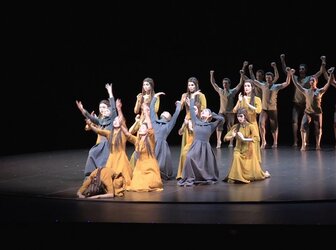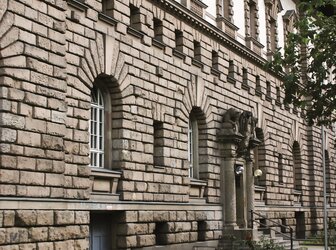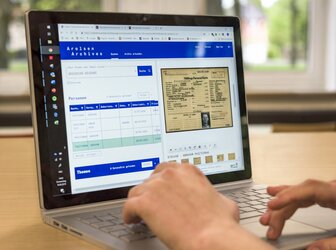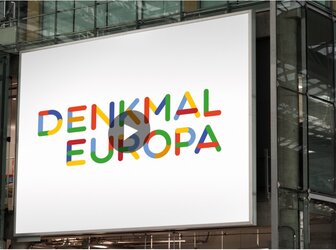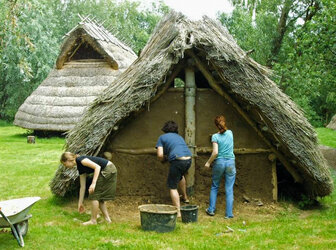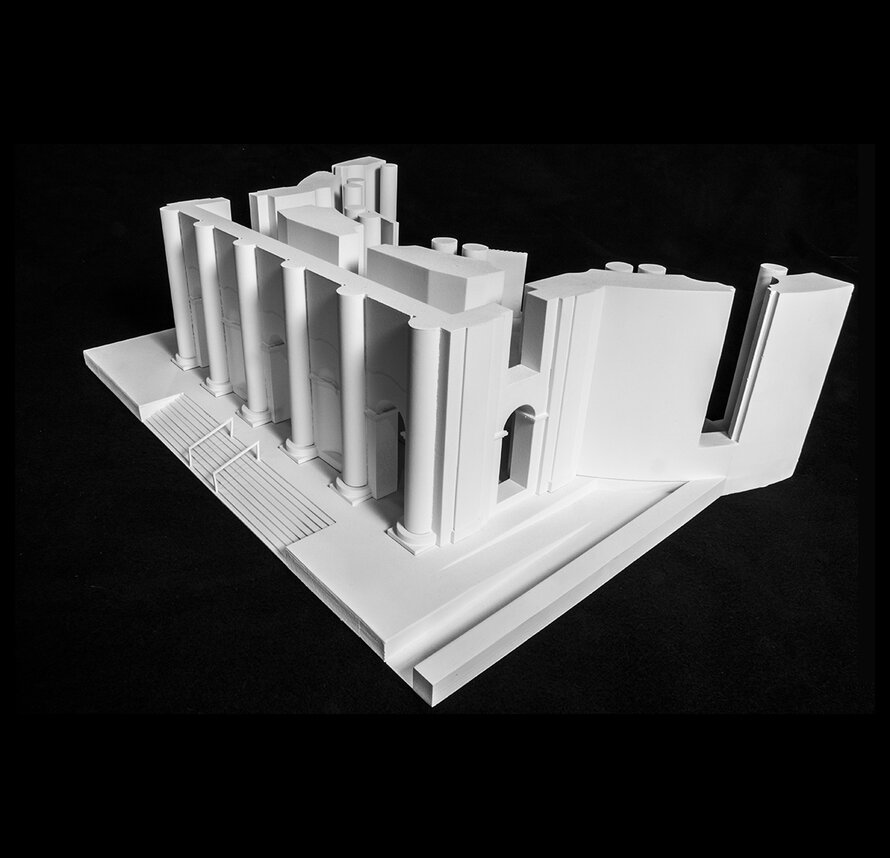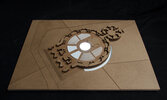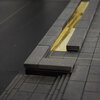Cultural Heritage and Barrier-free Accessibility Project
A most exceptional cooperation between a Monument Authority, a barrier-free coordinating office and an university led to a travelling exhibition advertising and promoting an understanding of the often tense atmosphere of cultural heritage and barrier-free accessibility. More ...
Read more
Project details
| Title: | Cultural Heritage and Barrier-free Accessibility Project |
|---|---|
| Entr. year: | 2017 |
| Result: | Award |
| Country: | Germany |
| Town: | Berlin |
| Category type: | education |
| Architect / Proj.leader: | Technical University Berlin, Model+Design - Burkhard Lüdtke |
| The Jury's citation: | “Along with the individual projects which helped to overcome barriers to accessibility, this collaboration between the areas of barrier-free building/design-for-all and monument protection have developed effective guidelines for planners, showing that this is not just theoretical information but applied information”. “The cooperation between government stakeholders, companies and universities to promote this information is exemplary. It shows that the project has been successful in sensitising important groups to the link between accessibility and key sites. The dissemination of the project with a touring exhibition and publication is also evidently well planned and effective in communicating the results of the study, it has made this more attractive and is compelling evidence of the power of design for all”. |
| Web, Links: | www.modellunddesign.de/ |
Description:
A most exceptional cooperation between a Monument Authority, a barrier-free coordinating office and an university led to a travelling exhibition advertising and promoting an understanding of the often tense atmosphere of cultural heritage and barrier-free accessibility. More than 50 students of the Technical University Berlin analysed monument protection objectives with regard to overcoming potential barriers, using the examples of the Neue Nationalgalerie, St Hedwig’s Cathedral and the Alte Stadthaus in Berlin. They had a basic knowledge of barrier-free building. Part of the aim of the task was to preserve the original fabric and the cultural heritage; however, students needed to adapt some of the features to meet contemporary social requirements to constitute a “design for all”.
Similar projects
